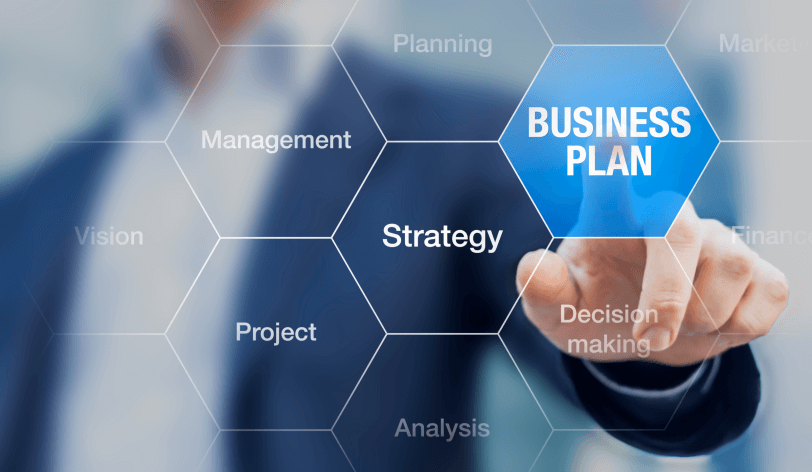Workforce Planning

Planning
Working, as we know it, has changed. Many companies are now exploring the benefits of remote working and looking to hire talent in remote areas at better costs.
However, in times of change, disruption, and focus on cost control, it is key to have the right skills at the right place at the right time.
HR is the custodian of attracting, sourcing, and retaining the most valuable asset of many organisation’s talent. It’s a challenge to understand how each potential workforce choice affects the business today, tomorrow, and further into the future. In recent times, HR has been challenged to help drive strategic decisions to support short medium and long term company strategies.
- Would reducing headcount or cutting benefits produce an outcome that ensures growth?
- Is it feasible to shift talent across roles and locations?
- Given changes mandated by social distancing, how do we evaluate skill sets to redirect talent to open office space?
- What is the complete cost of rapid incremental hiring, furloughs, and sick leave?
Strategic workforce planning, which focuses on creating and managing strategic talent plans by cross functional teams in collaboration with HR, is therefore a vital element of the enterprise planning process. Having your end to end strategic workforce planning process totally integrated across HCM and finance allows you to perform effective talent demand and supply matching, retention analysis, and attrition analysis with visibility to the bottom line impact.
Key Benefits
HR and finance teams can collaborate and share information in real time. This means that everyone has access to the latest data, ensuring better decision making.
Improved accuracy and efficiency: System’s powerful algorithms and automation capabilities help to streamline and automate manual processes, reducing the risk of errors and saving time.
The workforce planning capabilities help to optimize the workforce, ensuring that the business has the right people, in the right roles, at the right time. This means that the business can be more agile and responsive to changing market conditions.
The collaborative features allow HR and finance teams to work together more effectively, breaking down silos and improving communication. This means that everyone is working towards the same goals, and the business can achieve better outcomes.
The powerful analytics and reporting capabilities provide HR and finance teams with insights that help to make informed decisions. This means that the business can respond quickly to changing market conditions and stay ahead of the competition.


